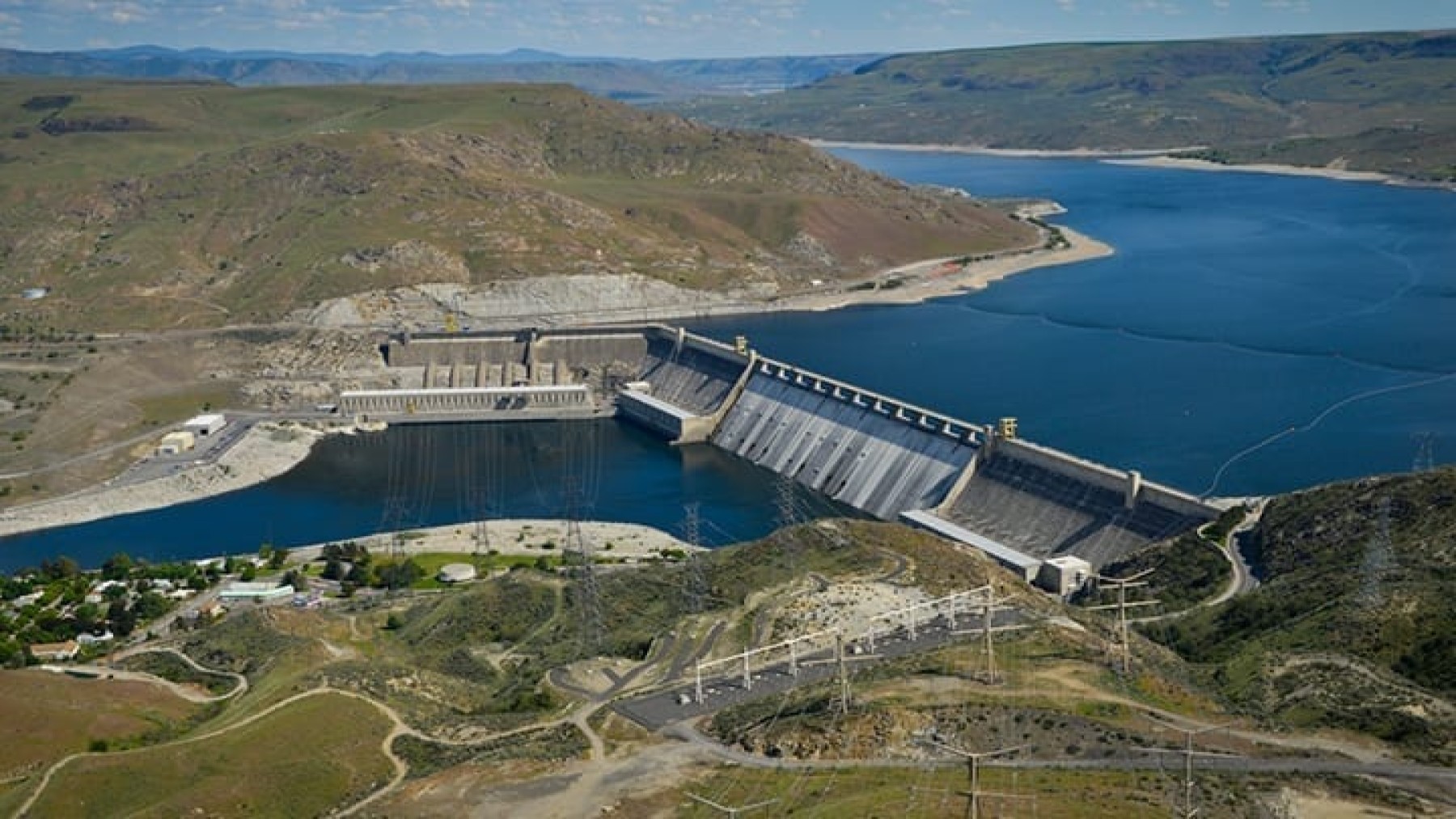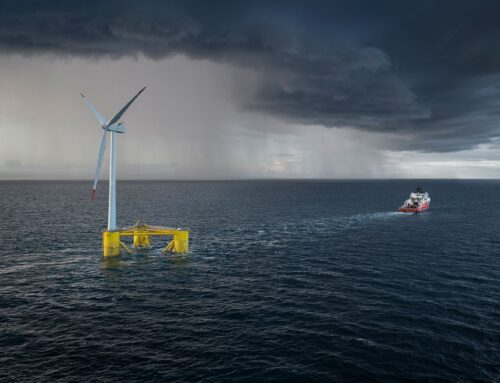America poised for largest deployment in its history: 33 states, $430 million and energy with water
October 13, 2024

In a groundbreaking effort, the United States is gearing up for the biggest ever used process of energy modernization across 33 states, backed by $430 million in funds. The hydroelectric power plants of the United States are waiting for revitalization by the DOE in the Biden-Harris administration for 293 aging hydroelectric facilities. These enhancements will also address issues such as the power grid, dam stability, the environment, and grid reliability and are a significant step towards overhauling America’s hydroelectricity generators.
Revitalizing America’s aging hydropower fleet: here’s how it benefits you
Hydropower, the oldest and still one of the most stable types of renewable energy, contributes to more than a quarter of renewable electricity production in the United States. Although it plays an important part, many hydroelectric power plants are aged; the average age of hydroelectric facilities in the US is 79 years. To this end, the DOE is funding $430 million to upgrade 293 buildings in 33 states with aging infrastructure. These upgrades will help further guarantee the continued capability of hydropower to continue as a stable power source vital in balancing the power grid within the United States.
The purpose of this modernization is not to develop additional hydraulic power but to improve the existing installations. The program is centered on dams, the power infrastructure, and the environment. The new units will be less vulnerable by upgrading turbines, control systems, cables, and transformers in the mentioned facilities, even if exposed to high operational stress or external conditions such as storms, extreme temperatures, etc.
Investing in safety and resilience: how this initiative protects communities
Of the $430 million investment, a proportion would be allocated to strengthening grid vulnerability and the safety of dams at hydroelectric power stations across the country. The DOE has made it their business to replace parts like turbines, generators, and many others central to power reliability. Altogether, 149 projects will address the issue of dam safety, and 84 will address the issue of grid resilience.
The modernization plan entails strengthening the dams themselves, as many are at risk due to climate change, which is experienced through an increase in extreme weather conditions. For instance, improving emergency spillway facilities, gates, and water delivery facilities will help dams withstand heavy downpours and avert disasters. Concrete replacement and erosion repairs will continue reinforcing dam walls and their surroundings, enhancing the safety of essential energy structures.
Further, it seeks to contribute to the lengthening of the service life of hydroelectric stations, thus contributing to the balance of the grid. These upgrades will be significant for stations located in states with a significant share of the hydropower capacity, such as California or New York, where risks of wildfires or storms have been on the rise recently. Through properly maintaining these facilities, the US can avoid blackouts and ensure that renewable energy production is continuous.
Creating a greener future: environmental enhancements and job opportunities
The ongoing process of modernization of hydropower facilities was not only a desire to increase the grid’s reliability but also to minimize the adverse effects of hydropower on the environment and increase recreational activities close to the dams. There will be 60 projects overall, and environmental projects will address issues that protect watercourses and aquatic habitats and enhance water quality.
There has also been a stronger focus on the environment, and in this case, part of this focus is the fish passage facilities, including fish ladders, to help the fish cross these dams without getting wiped out. These projects can only provide the maintenance of species relevant to Indigenous populations and the preservation of the overall levels of biological diversity. Moreover, advanced turbines are being developed to reduce oxygen consumption in water and increase downstream water quality and related aquatic life.
However, federal money is only part of a larger budget scheme. The DOE’s $430 million will be supplemented by more than $2.38 billion of private sector capitalization, proving that private players are willing to invest in preserving and developing the country’s hydroelectric power resources. Among the primary recipients of these federal funds are some giants of the energy industry, including Southern Co., PG&E Corp., and PacifiCorp, to name just a few examples — the essence of public-private partnership underpinning this program.
Hydropower is an essential focus of the United States as it shifts toward renewable energy sources, especially at present. Hydroelectric power, which contributes to 93% of all utility-scale energy storage in the United States, is likely to act as anchor technology to support the growth of other newer generation renewable energy technologies such as wind and solar power. These hydroelectric upgrades will add to the grid storage and balance of power, thereby increasing the flexibility and reliability of the total US power system.
Charting the course for a sustainable energy future in America
The refurbishment of American hydroelectric power plants is an endeavor to enhance the nation’s energy sector under the Biden-Harris administration. This fits well with the administration’s plans to address climate change, build strong security in the energy sector, and advance economic development. This is the first step of an investment of $430 million. More incentives and programs will follow in the future.
Still, thanks to the Bipartisan Infrastructure Law and such programs as “Maintaining and Enhancing Hydroelectricity Incentives,” the US continues the hydropower legacy and creates a blueprint for the renewable energy future. Together with safety, resilience, and environmental issues, the United States is forging the path towards a new energy future that is cleaner, more secure, and powered in part by the very water that played such an essential part in the development of American society.
Search
RECENT PRESS RELEASES
Related Post



